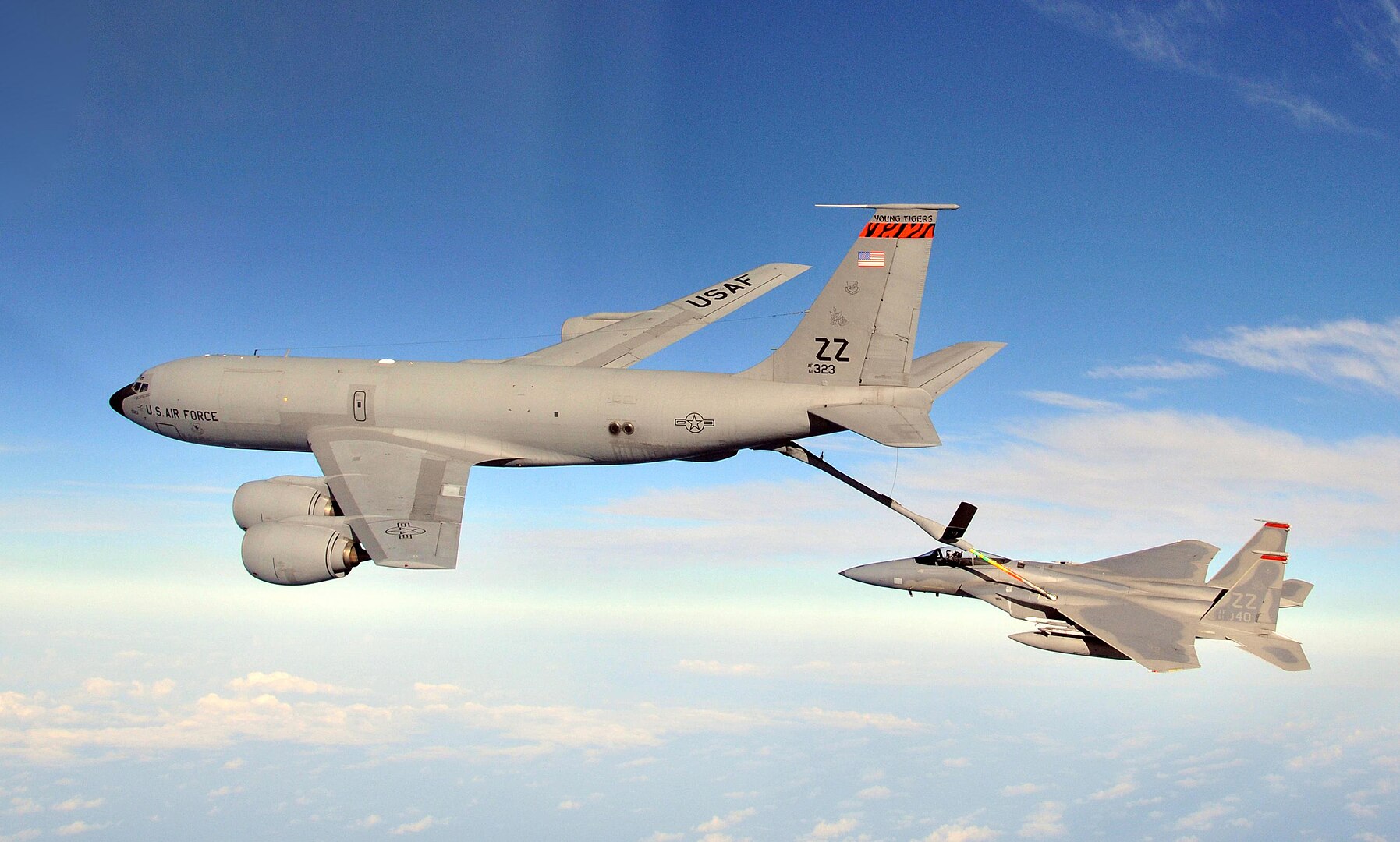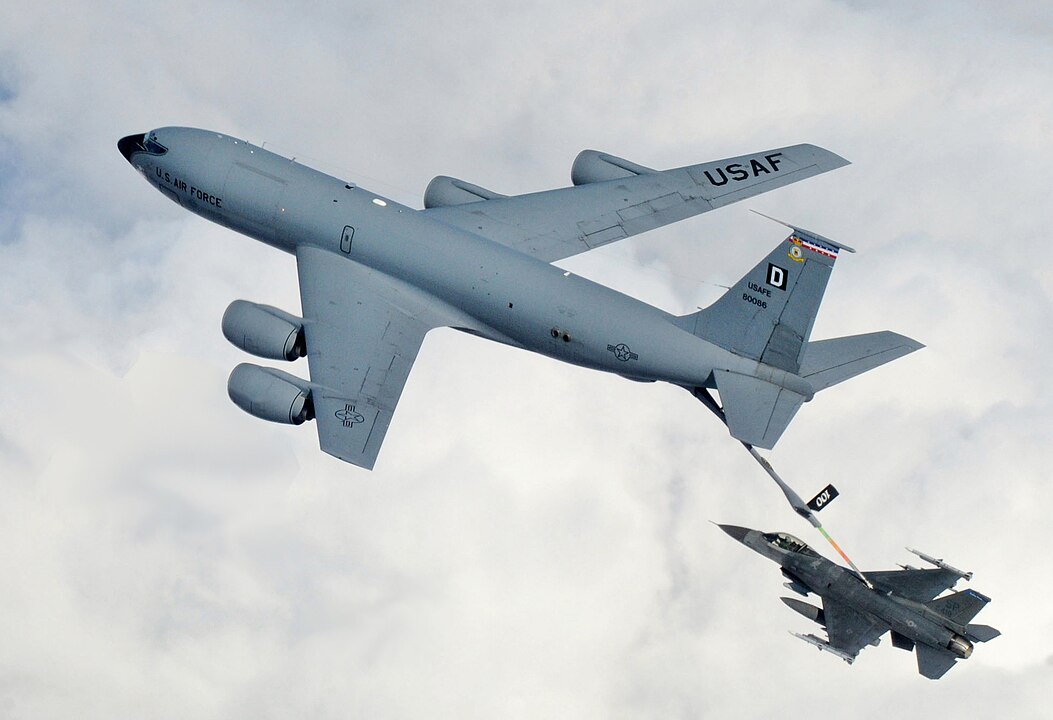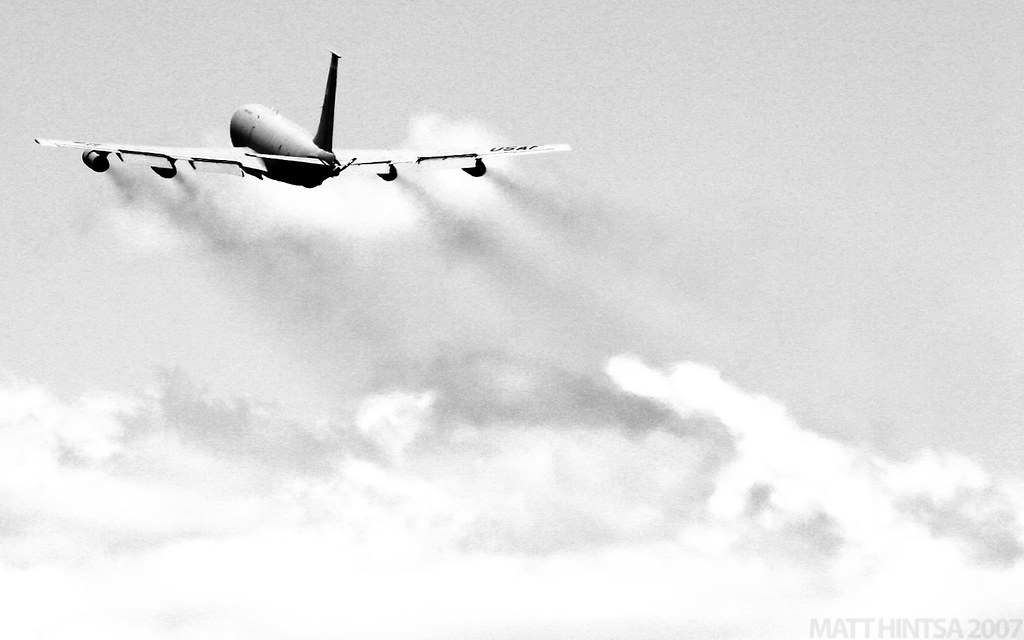
As we move into 2024, the United States Air Force’s strategy for replacing its aging fleet of KC-135 Stratotankers, a cornerstone of mid-air refueling operations for decades, remains up in the air.

Deliberations continue on whether to engage in a competition for the KC-135 Tanker Recapitalization Program or to proceed with a sole-source deal with Boeing, the manufacturer of the current replacement tanker, the KC-46A Pegasus.

The KC-135, with its venerable history dating back to the Cold War, has been a vital asset in the U.S. Air Force’s operational capabilities. However, concerns regarding the tanker fleet’s future are prompted by the looming retirement of the KC-10 fleet and the anticipated conclusion of KC-46A deliveries in 2029.

Brian Brackens, spokesman for the service’s Mobility and Training Aircraft Directorate, said: “We anticipate having an approved strategy later in 2024, but are unable to confirm with any precision when a [request for proposals] and contract award would follow.”

Metrea and Omega carried out further work with fighters in October and November, refueling A-10s and F-16s respectively.

“Overall, short-term to mid-term tanker capacity is not a concern for the Air Force,” said service spokesperson Ann Stefanek.

Last year, Lockheed Martin, once a contender for the recapitalization program, unexpectedly withdrew from its partnership with Airbus, intending to focus on the Next-Generation Air-Refueling System (NGAS).

By the end of December, Boeing had delivered 79 Pegasus tankers to the Air Force. But the KC-46 still suffers from six category 1 deficiencies including its flawed remote vision system, or RVS. Hafer confirmed that Boeing’s improved RVS 2.0 is still on track for “a late 2025 delivery.”

The debate continues over the best path forward, with voices like Tim Walton of the Hudson Institute advocating for a sole-source agreement with Boeing for additional KC-46s, emphasizing stability for the industrial base and cost savings.

“To provide stability for the industrial base and cost savings to the government, the Air Force should reach a sole-source agreement with Boeing to procure additional KC-46s as soon as possible, and well before the end of the KC-46A contract,” he recommended.

Boeing, the only other firm that responded to the Air Force’s request, will offer a version of the KC-46 with enhanced communications and airborne battle management systems as well as upgraded protection systems to improve aircraft survivability and “boom operator in-the-loop autonomous air refueling,” according to Mike Hafer, the company’s KC-46 business development director.

Despite Boeing’s readiness to fulfill this role, Congress has acted to safeguard refueling capacity by prohibiting the use of 2024 funding to retire any KC-135s within the reserve components.

“AMC plans to maintain the congressionally mandated air refueling inventory of 466 aircraft,” command spokesman 1st Lt. Peyton Craven said. “AMC will meter KC-135 retirements accordingly to maintain this number. Future [Air Force] acquisition decisions will drive the exact number of KC-135s planned to remain in service.”

The Air Force announced an accelerated schedule for the program last year. Andrew Hunter, the service’s assistant secretary for acquisition, technology and logistics, said, “We are looking at what is going to get us to NGAS.”

“We think we will need about five years of tanker production from the current end of deliveries of KC-46 to get to increment one.”
Relevant articles:
– Air Force Acquisition Strategy for KC, nationaldefensemagazine.org
– Boeing KC-135A Stratotanker, This Day in Aviation History
– United States – US Air Force (USAF), JetPhotos
– 0001/580001 aviation photos on JetPhotos, JetPhotos

